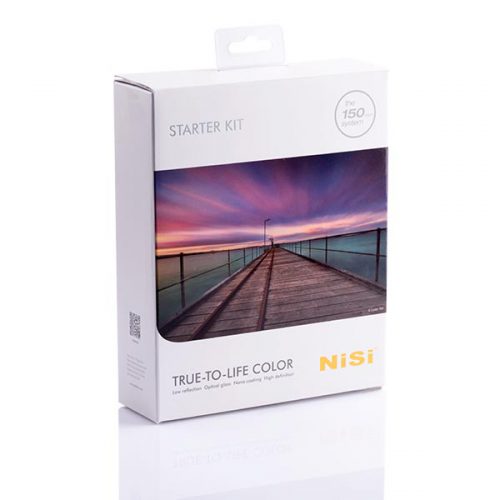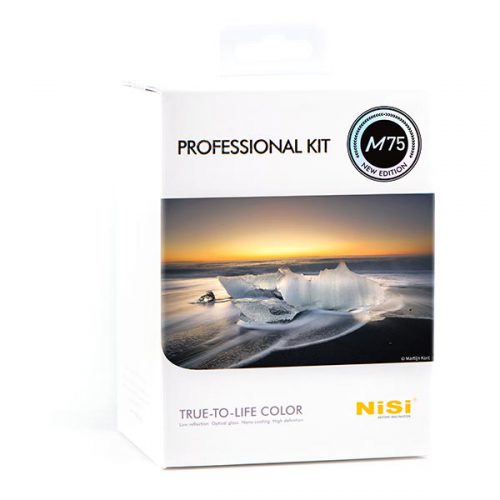
It is useful to be familiar with the size of your lenses before making filter purchases. The critical measurement to know is the diameter of the front element of the lens. Thankfully, this is often marked on the lens itself. Once you are aware of the lens diameter, you can purchase the appropriately sized screw-on filter or filter kit. But what if you wish to use that same filter on lenses of different sizes? One expensive option is to purchase differing filter sizes for each lens. The cheaper and more practical option is to purchase adapter rings. Here are some tips regarding adapter rings:
Step-up ring

A step-up ring is when your lens diameter is smaller than the filter or filter kit diameter. For example, I own the NiSi V6 filter kit whose main adapter is sized for an 82mm lens. I very frequently use my Canon 16-35mm F4 lens which only has a diameter of 77mm. Therefore I use a step-up 77-82mm adapter ring in this situation.
Step-down ring
A step-down ring is when your lens diameter is larger than the filter or filter kit diameter. For example, if I had a 77mm screw-on filter that I wanted to use on my 24-70mm F2.8II lens which has an 82mm diameter, I would need to use an 82-77mm step-down ring. The major disadvantage with a step-down ring is that it is highly likely to cause vignetting since the filter is smaller than the lens. The only situation where this may work is if you are using an EF lens on an EF-S body where the crop factor may negate the vignetting.

In summary, use stepping rings to allow any given filter or filter kit to be used across a variety of lenses. Select the filter size for your largest diameter lens such that you can purchase step-up rings to avoid vignetting and avoid using step-down rings except in very specific scenarios.
NiSi V6 Installation Tips
by Dylan Toh








